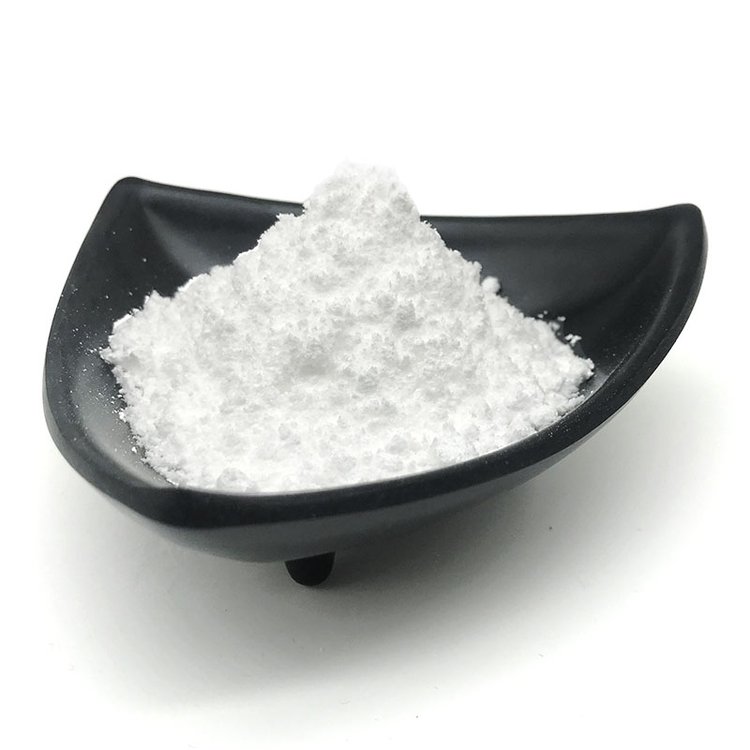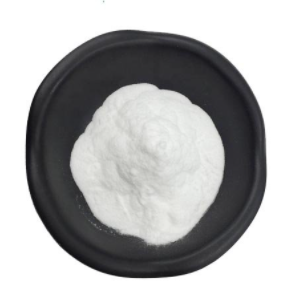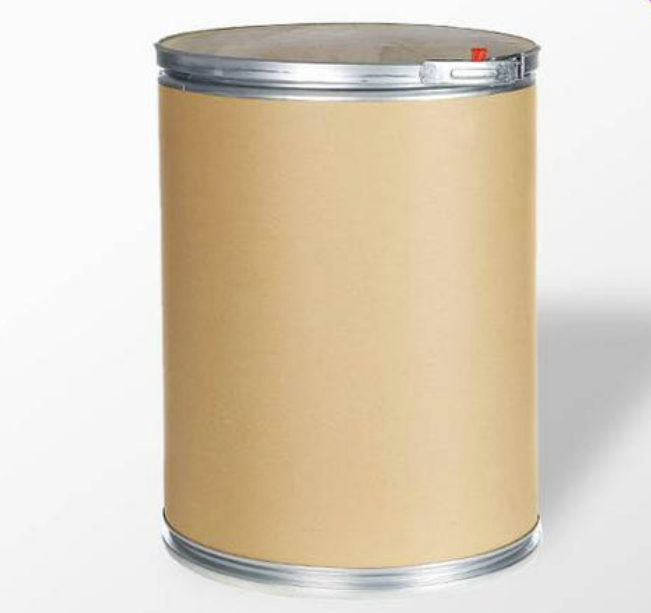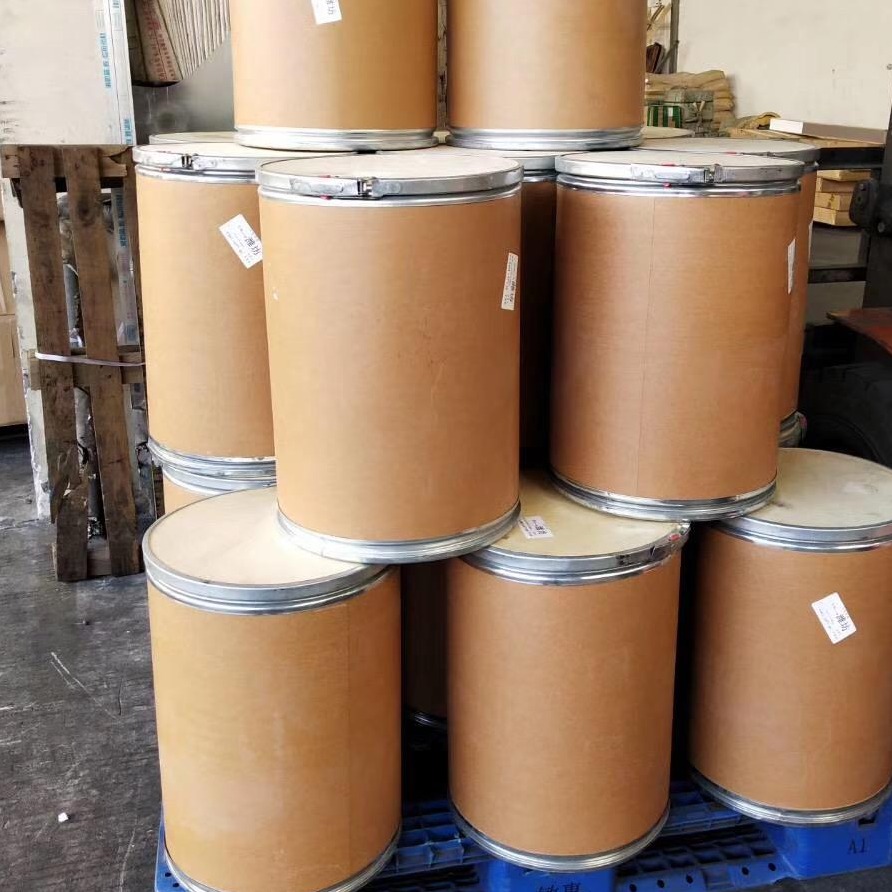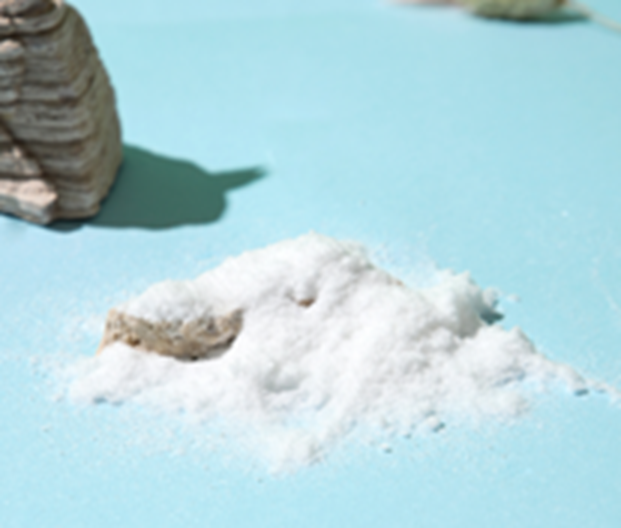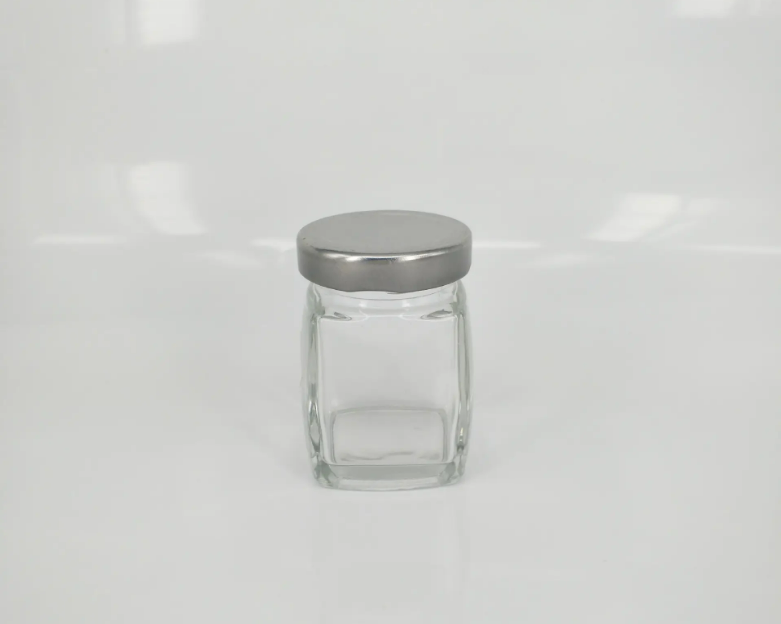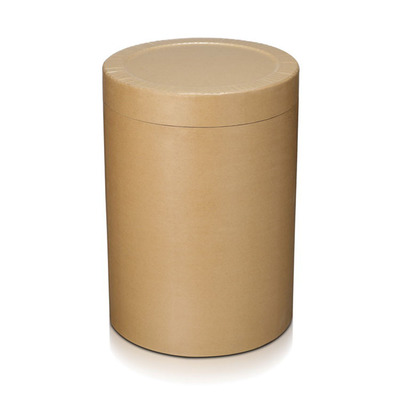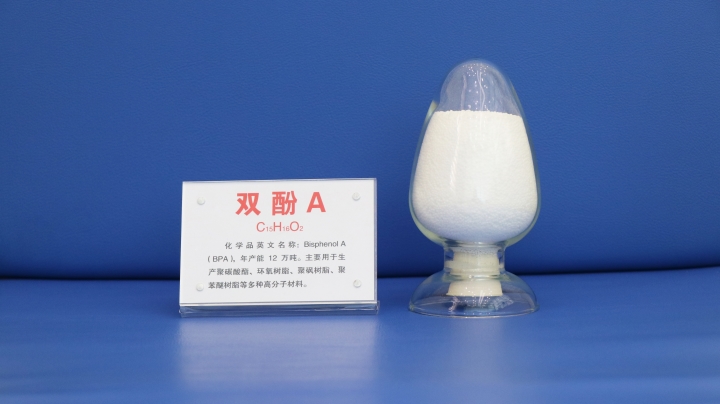Pharmaceutical Raw Materials
Veterinary API
Antiallergic Drugs
Hormones and Endocrine Drugs
Drug Metabolism
Pharmaceutical Intermediates
Synthetic Anti Infective Drugs
Specialty Drugs
Vitamins and Minerals Medicines
Feed Drug Additive
Antineoplastic Agents
Nervous System Drugs
Respiratory Drugs
Diagnostic Agents
Anti Stress Drugs
Antipyretic Analgesics
Antiparasitic Drugs
Circulatory System Drugs
Biochemicals
Blood System Drugs
Immune System Medication
Pharmaceutical Excipients
Fluid, Electrolyte, and Acid-Base Balance
Urinary System Drugs
Antibiotics
Anesthetic Agents
Inhibitors
Other Chemical Drugs
Digestive System Drugs
CAS:60-92-4
Molecular Formula:C10H12N5O6P
Alias
More Information
Cyclic Amp; Acrasin; Camp; Adenosine 3‘,5‘-Cyclic Monophosphate; Adenosine 3‘,5‘-Cyclic Monophosphate(Cyclic AMP;cAMP); Adenosine Cyclic 3‘,5‘-(Hydrogen Phosphate); Adenosine 3′, 5′-Cyclic Monophosphate Sodium Salt(cAMP-Na; 3′, 5′-Cyclic-AMP-Na); 6-(6-Amino-9H-Purin-9-Yl)Tetrahydro-4H-Furo[3,2-D][1,3,2]Dioxaphosphinine-2,7-Diol 2-Oxide; Adenosine Cyclophosphate
Brief Introduction
Adenosine cyclic phosphate is a small molecule with intracellular information transmission, which is called intracellular messenger or second messenger.It is often used to treat cardiogenic shock, myocarditis, myocardial infarction and angina pectoris. It can also play a good role in improving some symptoms such as shortness of breath and chest tightness caused by rheumatic heart disease. In addition, it can also treat acute leukemia, improve the efficacy of treatment, and also play a certain role in senile bronchitis or some hepatitis. It can also treat psoriasis.
Suppliers
View More Vendors (2) >
CAS:643-79-8
Molecular Formula:C8H6O2
Alias
More Information
1,2-Benzenedicarboxaldehyde; O-Phthalaldehyde; O-Phthaldialdehyde; 2-Phthalaldehyde; 2-Phthaldehyde; 2-Phthaldialdehyde; O-Phenyldialdehyde
Brief Introduction
This product is a pharmaceutical intermediate, the latest external high-efficiency and safe antibacterial disinfectant, as the disinfection and sterilization of endoscopic surgical instruments in hospital, it can be used to synthesize a new antiplatelet aggregation drug indoprofen, and it is also an analytical reagent in the chemical field. It can be used as an amino acid derivative reagent for fluorescence detection. The reaction can be completed in one minute, but the product is unstable and needs to be detected immediately.
Suppliers
View More Vendors (2) >
CAS:66170-10-3
Molecular Formula:C6H6Na3O9P
Alias
More Information
Sodium L-Ascorbyl-2-Phosphate; 2-Phospho-L-Ascorbic Acid Trisodium Salt; SAP; L-Ascorbic Acid 2-Phosphate Trisodium Salt; Sodium Ascorbyl Monophosphate; Trisodium Ascorbate-2-Phosphate; L-Ascorbic Acid, 2-(Dihydrogen Phosphate), Sodium salt (1:3)
Brief Introduction
This product is used as a scientific research reagent and is widely used in molecular biology, pharmacology and other scientific research. It is strictly prohibited to be used in human body. It is mainly used for biocatalytic dephosphorylation, power generation and electrochemical detection. It can also be used for cell differentiation and tissue engineering.
Suppliers
View More Vendors (2) >
Alias
More Information
Meat Peptone; Tryptone; Sericin,Hydrolyzed; Actimp® Powder BIO; Peptones; Hydrolyzed Lupine Protein; Actimp Powder Bio; Endothelin Antagonist; Hydrolyzed Conchiolin
Brief Introduction
Peptone is an organic compound. Peptone is a light yellow powder formed by hydrolyzing meat, casein or gelatin with acid or protease and drying, which has a special smell of meat flavor. Peptone can also be formed after protein is decomposed by acid, alkali or protease. One of the initial digestion products of protein in the stomach is peptone.
Suppliers
View More Vendors (2) >
CAS:80-05-7
Molecular Formula:C15H16O2
Alias
More Information
4,4'-(Propane-2,2-Diyl)Diphenol; 2,2-Bis (4-Hydroxyphenol) Propane; 2,2-Bis(4,4'-Hydroxyphenyl)Propane; 2,2-Bis(4-Hydroxyphenyl)-Propa; 2,2-Bis(Hydroxyphenyl)Propane; BPA; Bicifadino; Phenol, 4,4'-(1-Methylethylidene)bis-; 2,2-Bis(4-Hydroxyphenyl)Propane; Bicifadinum; bis Phenol; Bisphenol-A
Brief Introduction
Bisphenol A is an important raw material for the synthesis of polycarbonate, epoxy resin and high temperature resistant polyester. It is also used as PVC stabilizer, plastic antioxidant, ultraviolet absorber and bactericide. Bisphenol A is a widely used product, which is widely used in the production of epoxy resin, polycarbonate, polyester resin, polyphenylene ether resin and polysulfone resin. It can also be used as PVC stabilizing chemical book agent, plastic antioxidant, ultraviolet absorber, agricultural bactericide, rubber antioxidant and so on. It can also be used as antioxidant and plasticizer of paint and ink. For organic synthesis, it is also used as raw material for the manufacture of epoxy resin and polycarbonate, and is also used as an important raw material for polymer synthetic materials. It is also used in antiaging agents, plasticizers, pesticide fungicides, etc.
Suppliers
View More Vendors (2) >
Inquiry (
10
/ 10
)
Clear All
Sign In
Error!

